Babbo Philipe
A-List Customer
- Messages
- 340
- Location
- San Pedro
its a beret, there is no end to the application,
 John Lofgren Monkey Boots Shinki Horsebuttt - $1,136 The classic monkey boot silhouette in an incredibly rich Shinki russet horse leather.
John Lofgren Monkey Boots Shinki Horsebuttt - $1,136 The classic monkey boot silhouette in an incredibly rich Shinki russet horse leather.  Grant Stone Diesel Boot Dark Olive Chromexcel - $395 Goodyear welted, Horween Chromexcel, classic good looks.
Grant Stone Diesel Boot Dark Olive Chromexcel - $395 Goodyear welted, Horween Chromexcel, classic good looks.  Schott 568 Vandals Jacket - $1,250 The classic Perfecto motorcycle jacket, in a very special limited-edition Schott double rider style.
Schott 568 Vandals Jacket - $1,250 The classic Perfecto motorcycle jacket, in a very special limited-edition Schott double rider style. To my enormous surprise, I found out that there is more than one "The Beret Project". Apart from what you are reading right now, there is also The Shanghai Beret Project!
Copied from Historic Shanghai: "It’s a classic Shanghai sight: older Chinese men sporting rakish berets. The iconic headwear of the French never seems to have gone out of style among gentlemen of a certain age in Shanghai, a legacy formed during the period of the French Concession (1849-1945). Some hypothesize that since famous revolutionaries like Fidel Castro and Che Guevara also favored these practical chapeaux, Chinese men may have felt comfortable wearing them post-1949. Patrick Cranley’s been on the streets of Frenchtown and beyond, documenting the laokele (distinguished Shanghai gentlemen) and their berets."

Frank Quan, an English-speaking Shanghai gentleman who has written two books on old Shanghai. Not surprising, for as the son of poet Zau Sinmay (Shao Xunmei 邵洵美, 1906-1968), he knows something about that period.

Mr Zhang has always worn a beret in the winter. "It’s just what us old guys do!"

Mr Zhou, 93, is rocking his raspberry beret from his wheelchair!

Mr. Qu, 67. He’s been wearing a beret since he was five, “because I was born in the French Concession and live here still!” He’s been taking photos of historic buildings for more than 20 years and is a big fan of architects Laszlo Hudec and Alexandre Leonard.

Mr. Shen, 75, started wearing a beret about 15 years ago. “I’m an artist, so I thought it was appropriate to wear a beret.”
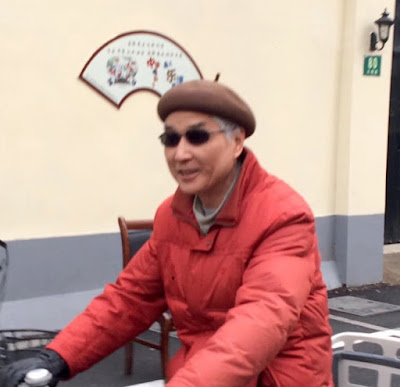
Mr. Tang, 68. He started wearing a beret about 10 years ago. “Because senior citizens need to keep their heads warm.”

Mr. Xu, 88. He started wearing berets in his 70s, “because they look good and are very practical.”

Mr. Zhu, 65. He started wearing a beret two years ago, when his wife knitted him this nice grey model. Sharp!

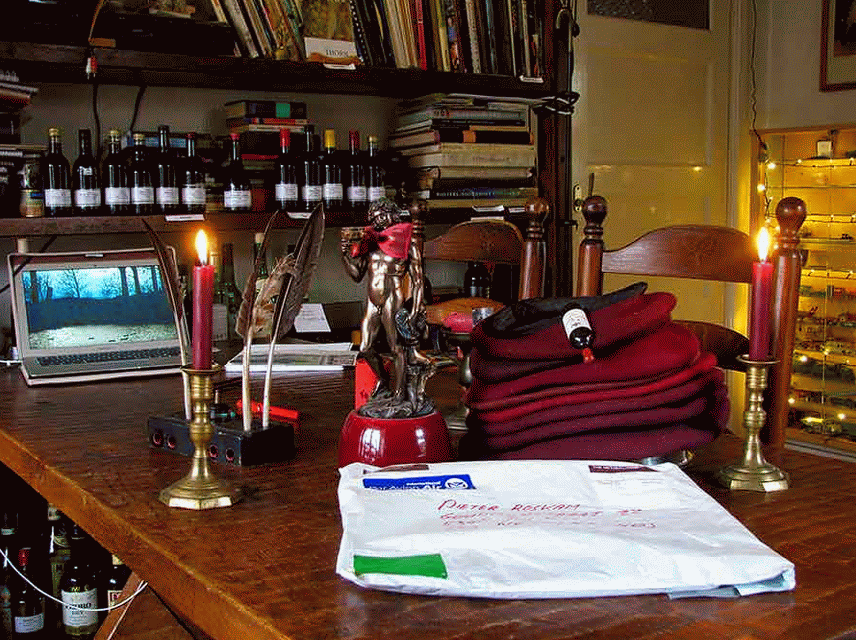
Agreed. I have several burgundy coloured t shirts!lifes not right without burgundy on something
View attachment 118182
Windy and warm today-one of Daan's cotton berets this morning.
 DSCN0918 crop by Michael A2012, on Flickr
DSCN0918 crop by Michael A2012, on Flickr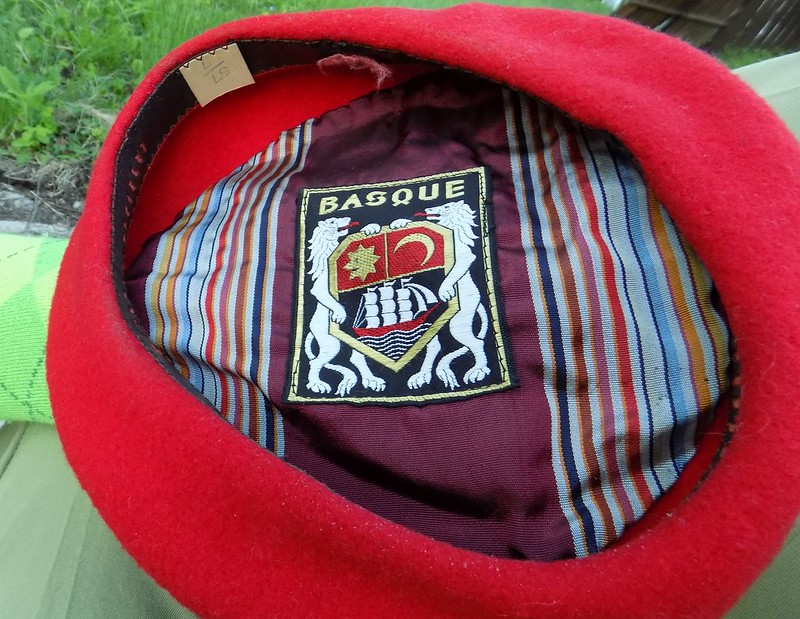 DSCN0923 crop by Michael A2012, on Flickr
DSCN0923 crop by Michael A2012, on Flickr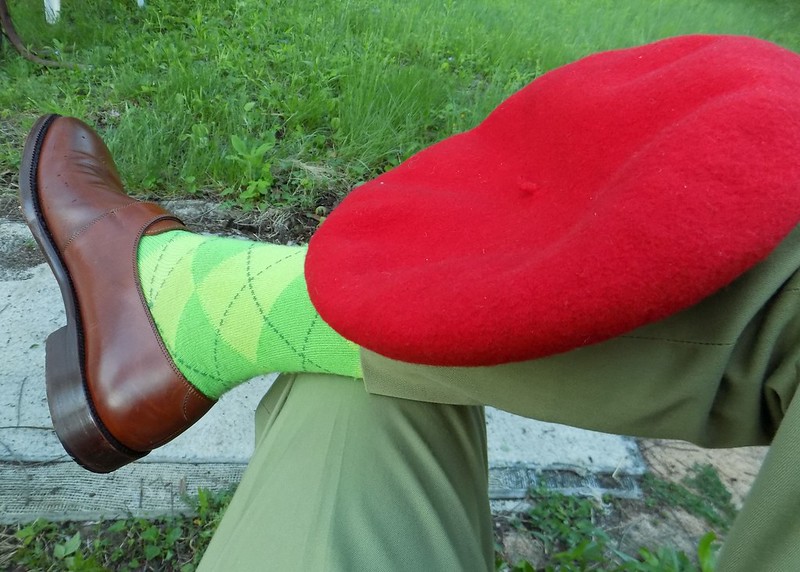 DSCN0922 crop by Michael A2012, on Flickr
DSCN0922 crop by Michael A2012, on Flickr DSCN1016 crop by Michael A2012, on Flickr
DSCN1016 crop by Michael A2012, on Flickr DSCN1019 crop by Michael A2012, on Flickr
DSCN1019 crop by Michael A2012, on FlickrI'm right with you on that. That's my go-to as well.Still my favourite, go to, beret. The lined BA Universel, size 11p
of coarse she looks great, woman in berets, my goodness, honestly woman have such value and potential and they dont use it--- plastic, over make up, botox, etc, all they really need is some comfortable clothes and a hat, in my opinion, a hat is a peacoks tail feather on womanHere is a photo of my daughter-in-law with the BA Bordeaux I gave her as a birthday present. Also, that is their Wheaton Terrier, Lola, who terrorizes me and my wife.
View attachment 118752
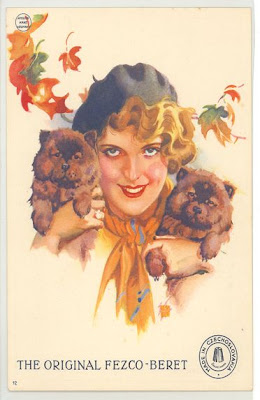
Agreed! I now have 4 auloronesa's, 2 super lujo's and the limited edition 1858. Al are great berets, but on a warm, humid day, my Czech classic and 2 11.5" models beat them all! Surprised what you write being not so popular, these are outstanding berets! And cheap too (not the main reason to buy these, but it sure helps). Long live the czechs, I say!After speaking to FEZCO-TONAK this morning (and placing a large order for new models), I reflected on Czech made berets and their place in "the World of Berets".
View attachment 119012 View attachment 119013
Berets have a very long history in the Czech Republic (and before that, Czechoslovakia). Laulhère and Boinas Elósegui may be the oldest dedicated beret manufacturers, FEZCO-TONAK is by far the oldest hat manufacturer that makes berets.
View attachment 119019
The history of the company starts in 1812 when Wolf Fürth was awarded a licence for the cloth, wool and dye trade. With the great demand for fezzes from the then Ottoman empire, it was this Jewish businessman Wolf Fürth who began the manufacturing of fezzes in the traditional hatters town of Strakonice in 1828.
Business boomed when the Turkish sultan decreed that military uniforms should have fezzes, from 1830, instead of the traditional turban and the company exported it's fezzes to places as far as Egypt and India.
View attachment 119021
Loss of production came in 1925 when Turkish leader Mustafa Kamal Atatürk forbade the wearing of fezzes in his country. But businessmen from Strakonice solved this problem by launching the production of berets, which became very popular, in and outside Czechoslovakia.
View attachment 119023
During WW II, the occupying Germans confiscated the buildings to use them for their aircraft maintenance, but production resumed in 1945 when the company was nationalized. FEZCO put out an enormous number of berets over the years, from the typical small diameter Radiovka to the large diameter berets that were worn by the Czech Legion during the Great War (pictures above).
View attachment 119020
After the Velvet Revolution in 1989, the plant was transformed into the traditional headgear division (TONAK) and a division (FEZCO) that worked on textiles and upholstery for cars (
Škoda and Volkswagen).
View attachment 119022
Now the traditional fez merely forms a part of the company’s logo. Personally, I love my Czech berets, being my typical go-to berets and I never understand why these berets, that are so much cheaper than their French and Spanish equivalents, are not more popular.
View attachment 119016 View attachment 119017 View attachment 119018
Apart from the top of the range Auloronesa and Elósegui berets, I dare say that you'd struggle to find a more comfortable beret than a Czech Classic, 11.5" or Carpathian Mammoth.